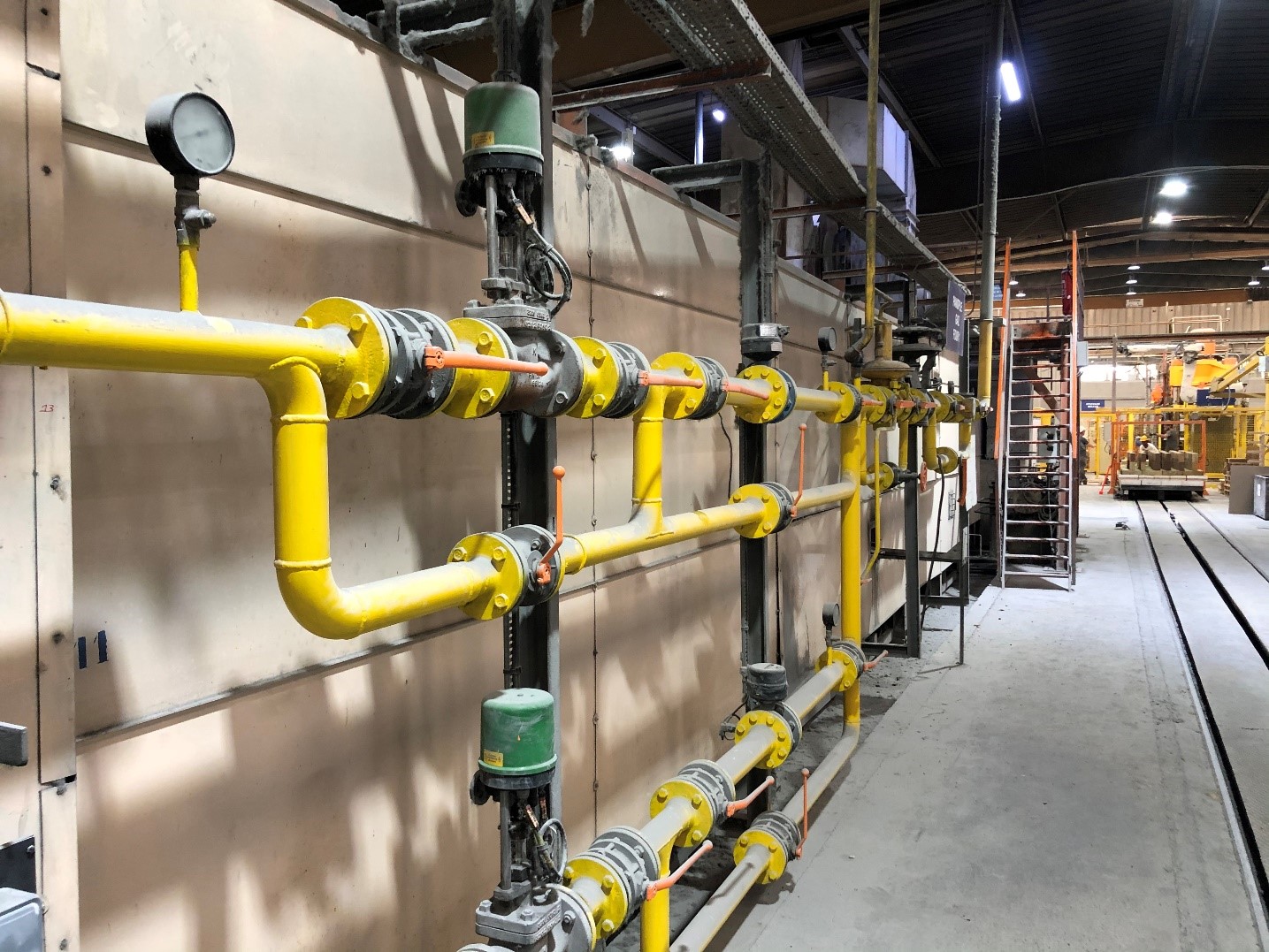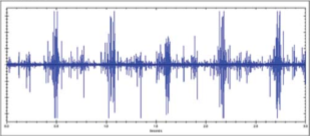Advanced Inspection of Reciprocating Compressors with Ultrasound
We’ve known for more than twenty years that ultrasound provides the earliest warning signals for mechanical failure. If you can hear compressor valves knocking with a screwdriver you are too late. But, there is a fundamental difference in philosophy between what ultrasound inspection proposes to accomplish and what can hope to be achieved with his screwdriver.
Ultrasound monitors the condition of that compressor valve from the time it is new until the time it is ready to be replaced, all the while providing feedback about subtle changes in its operational condition. The screwdriver method presumably is used “to find the source of the problem” which suggests the knocking is already perceivable to the human ear and it is only a matter of days, hours, or minutes before the compressor will fail. We call this firefighting. It is certainly not condition based monitoring and it leaves no room for planning the repair.
The reason machine systems fail “without warning” is because no warning system is in place. Using a predictive technology such as ultrasound condition-based monitoring to indicate subtle changes in machines over time allows industry to avoid firefighting catastrophes.

Advanced Valve Testing
A huge benefit of ultrasound is its ability to record dynamic wave files on reciprocating compressors. By using a free and simple time waveform analysis software such as UAS Lite, it is easy to expand 1/10th or even 1/100th of a second of data to see a valve open, exhaust and close. During that blink of an eye, we can see if there is complete sealing of the valve seat and we can even assess the strength of the valve spring. All of this data can be printed out into a logical report which serves as a summary for management to decide if further action is yet necessary. Because the document becomes historical archive, the next action set decision will have a basis of comparison.
Reciprocating compressors contain one or more cylinders that compress gases. A simplified example is shown in Figure 2. Pistons travel up and down within the cylinder. On the down stroke new gas is drawn into the cylinder through an inlet valve. On the up stroke, gas already trapped in the cylinder is compressed and pushed through an outlet valve to a receiver or tank. In this example vacuum pulls the outlet valve closed and the inlet valve open and pressure does the opposite. In more complex reciprocating compressors, more robust valves operate with springs.

Figure 2: Piston within Reciprocating Compressor.
Opportunities for failure are many. Seal integrity around the piston cylinder wall reduces the efficiency of compression. Dirty and worn valves do not seal properly due to corrosion and build up around the valve head. Internal leakage around the piston and the valve head can be detected with ultrasound inspection by recording a dynamic ultrasound signal thanks to a TRAPChecker or an SDT340 and analyzing it in the time domain. Early mechanical failures which can eventually lead to screwdriver detectable valve knocking can be seen this way too.
In figure 3, we can clearly see the impact made by the valve when it is seated and the suction of turbulent air flow when the valve is opened. High amplitude signals between the valve impacts can reveal mechanical looseness (early knocking) or internal leakage from piston rings or valve seat. Comparison between similar valves is done easily by scaling the Y-Axis of the time signal and presenting in overlay or side-by-side mode.
A documented report that can cite the historical evolution of your compressor’s health is an extremely valuable and professional way to present your data. It is a great way to convey to maintenance managers that a problem is escalating and that action is required. It will hold much more credibility than walking into your bosses’ office, grease dripping from your ear lobe, and suggesting that a compressor valve sounds like a “bongo drum” and it should be immediately removed from service.

Figure 3: Dynamic Time Signal captured on recipe valve head.
There is no substitution for walking the plant floor and visually taking account of the state of affairs. Much can be learned by talking with operators. Operators have the best pulse for machine condition because they work around them every day. For those who are ready to take the next step (Implementation of a Condition Based Monitoring Program), getting to know the expectations of operations, management and front-line staff is the best approach. From that point, defining the assets that need most critical monitoring is as important a step as figuring out which technologies shall be used to collect the data. Documentation is the final piece of the puzzle and without it all other initiatives are pointless. Needless to say, modern techniques for collecting data which can be trended and reported on are preferred over archaic methods that rely on individual interpretation and old school tricks.



